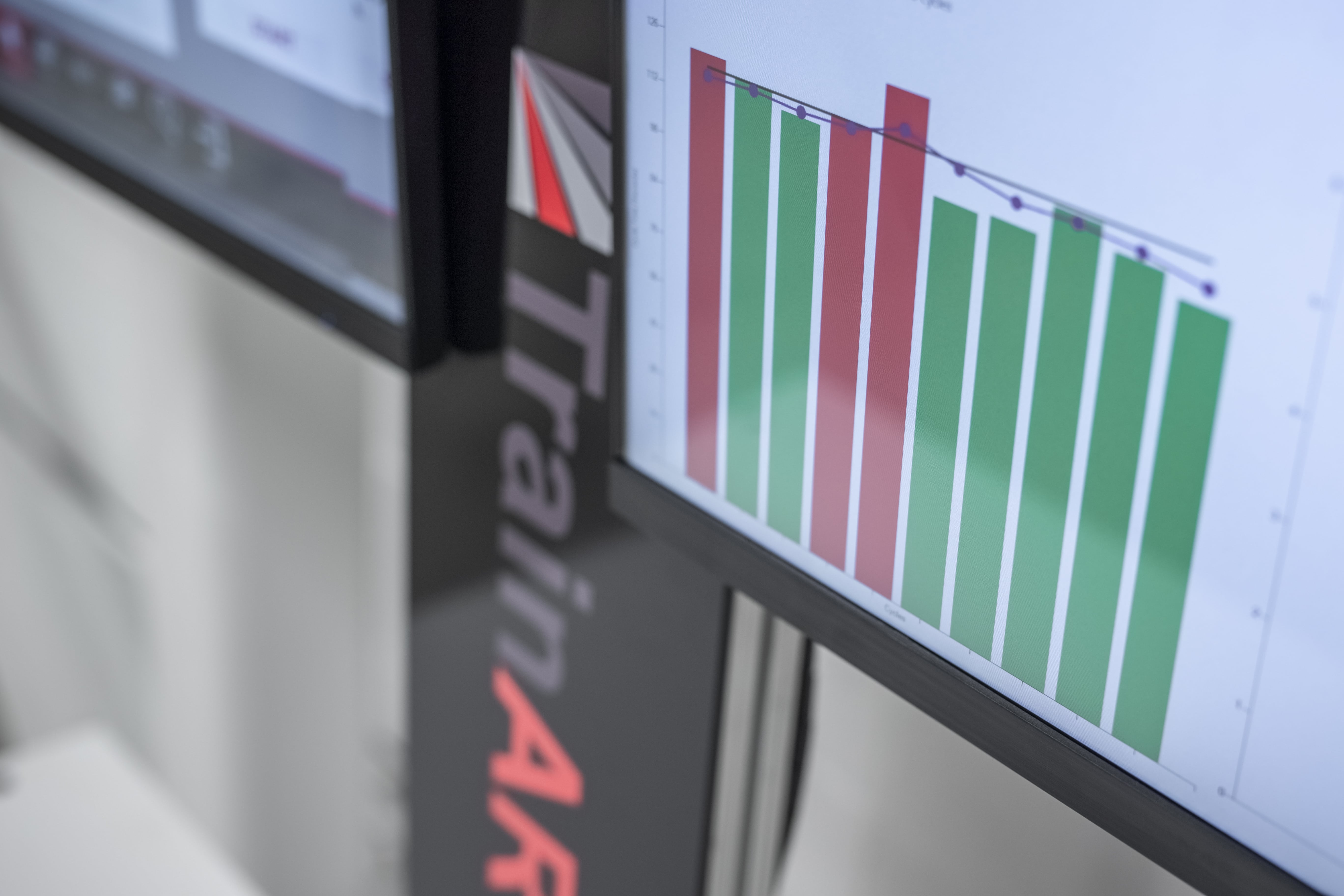
Connectivity is driving an unparalleled data exchange. Knowing how to audit that information can open more opportunities for lean, value-added business models.
What is Connectivity
In the past, data had one path. It went from one system to one report and needed to be individually collected and analyzed.
Since the introduction of Industry 4.0 technologies, connectivity has changed the way we understand information. Connectivity is the assembly of information from multiple smart technologies. It places data into the cloud and disperses that information on a wider scale so it is easier to analyze. And therefore, easier to identify value-drivers.
However, it can aggregate an overwhelming amount of data, which makes it difficult to identify those value drivers. By knowing where to look, and assigning leads to analyze certain information, it becomes easier to manage the intake.
Evaluating the Process
Assigning leads to manage our processes isn’t new. Process audits have been taking care of this.
But normal process audits can be limiting. Due to their timing, they can overlook large amounts of nonconformities and accrue significant scrap and rework costs. A broader look at the process could identify these issues sooner.
Layered Process Audits
Layered process audits provide a more holistic view of production while, ironically, limiting the view of the process by an individual auditor. This is because layered process audits spread responsibility across multiple layers of management. So, each auditor is only responsible for looking at a certain amount of data.
In doing this data can be aggregated in a way that builds onto itself. Like working on a puzzle, data is identified one piece at a time. As pieces are added, the whole picture starts to show itself.
By the end, you can identify how the process could have been easier and how to prevent issues going forward.
Eskander Yavar explained in the Manufacturing Leadership Journal, “Ideally, information sharing up and down the supply chain provides an integrated view of an asset throughout the entire product lifecycle. The goal is to improve how people work together to generate collective intelligence and solutions that extend beyond the limited view of a single person, function or entity.”
This integrated view helps identify new ways to benefit the entire business model rather than one process.
Combining Value
By combining Industry 4.0 strategies, audits become simpler and provide more value. There are three of the main ways this happens:
1. Time is Saved
The distribution of responsibilities in a layered process audit causes an unexpectedly faster way to process data. Each person is responsible for less information and it is gathered in less time. That time saved can be returned to other value-added work.
2. Data is Double Checked
Moving information up the chain creates a bigger picture of factory operations, but it also ensures its correctness. Before generating reports that have to be redone because of small errors, supervisors can spot those issues earlier. This could also lead to spotting repeated small-scale issues that could be easily fixed before moving up the chain of command.
3. Creating Transparency
With more people involved in the process, it removes the need to repeat information. Information is more accessible around the entire plant and can be exchanged quickly.
Lower-level auditors could see what’s happening at similar operations around the plant and combine information before moving it along.
Mid-level auditors have all of the details available if needed, but more importantly, can start picturing what that puzzle might look like in the end.
Higher-level auditors create transparency for the entire factory. They can see the whole picture and all of the pieces that led to it.
Transparency at the highest level usually results in higher employee morale and satisfaction, benefiting overall company culture. The high-level auditors can then create new lean manufacturing models and further engage their employees to generate a more value-added business.
To get the most value out of connectivity, it is important to understand the multiple ways to integrate it into your business model. It is a complex change, but it provides increased agility and insight that can put your operations ahead of the competition.
To understand more about the importance of connecting all of your factory data, read “The Importance of Traceability in Optimizing Production.”
For any questions about enabling layered process audits or connectivity, please contact us.


